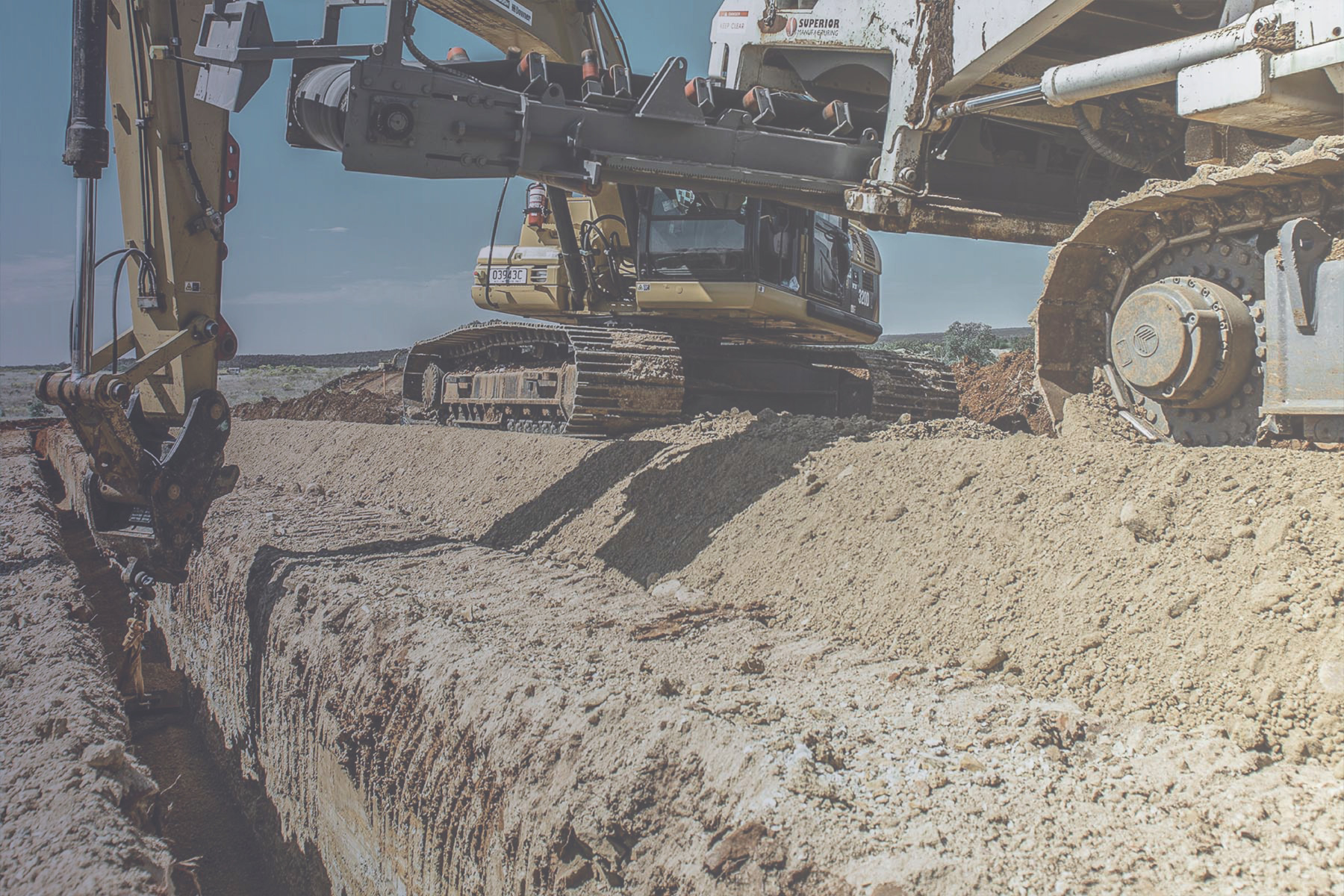Midwest Pipeline construction: A Complex Landscape
The Midwest, often referred to as the “heartland” of America, plays a crucial role in the nation’s energy infrastructure. A vast network of pipelines crisscrosses the region, transporting crude oil, natural gas, and other energy products from production areas to refineries and consumers. The construction of new pipelines, and the maintenance and expansion of existing ones, is a complex undertaking with significant economic, environmental, and social implications. This article delves into the intricacies of Midwest pipeline construction, exploring the various factors that influence these projects, the challenges they face, and their Potential impacts.
The Need for Pipelines
Pipelines are essential for transporting large volumes of energy resources efficiently and relatively safely. Compared to other modes of transportation like trucks or trains, pipelines offer a continuous and cost-effective way to move oil and gas across long distances. The demand for energy in the Midwest, and across the nation, necessitates a robust pipeline infrastructure to ensure a reliable supply. New pipeline construction is often driven by factors such as:
Increased production: As domestic oil and gas production increases, particularly in areas like the Bakken shale formation in North Dakota, additional pipeline capacity is needed to transport these resources to market.

The Pipeline Construction Process
Building a pipeline is a multi-stage process that involves careful planning, engineering, and execution. Key steps include:
Route planning and environmental review: Determining the optimal route for a pipeline involves considering various factors such as terrain, land use, environmental sensitivities, and community impacts. Extensive environmental impact assessments are required to identify potential risks and mitigation measures.
Environmental Considerations
Pipeline construction can have significant environmental impacts, and it’s crucial to address these concerns effectively. Potential environmental issues include:

Habitat disruption: Pipeline construction can disturb wildlife habitats, fragment ecosystems, and impact sensitive species.
Mitigating these environmental impacts requires careful planning, the implementation of best management practices, and ongoing monitoring.
Economic Impacts
Pipeline construction projects can have significant economic benefits, particularly for local communities. These benefits can include:
Job creation: Pipeline construction creates temporary jobs during the construction phase and some permanent jobs for operation and maintenance.
Social and Community Impacts
Pipeline construction can also have social and community impacts, both positive and negative. These impacts can include:
Property values: The presence of a pipeline can sometimes affect property values, although the extent of this impact is often debated.
Addressing these social and community impacts requires meaningful engagement with stakeholders, including landowners, residents, and Indigenous groups.
Challenges and Controversies
Pipeline construction projects often face numerous challenges and controversies. These can include:
Regulatory hurdles: Obtaining the necessary permits and approvals can be a lengthy and complex process, often involving multiple agencies and jurisdictions.
The Future of Midwest Pipeline Construction
The future of Midwest pipeline construction is uncertain. While the demand for energy resources is likely to remain strong, the challenges and controversies surrounding pipeline projects are also likely to persist. Several factors will shape the future of pipeline construction in the region, including:
Energy policy: Government policies related to energy production, transportation, and consumption will play a significant role.
Conclusion
Midwest pipeline construction is a complex and multifaceted issue with significant implications for the region’s economy, environment, and communities. Balancing the need for energy infrastructure with environmental protection and social considerations is a crucial challenge. Moving forward, it will be essential to engage in open and transparent dialogue among all stakeholders to ensure that pipeline projects are developed responsibly and sustainably. The future of energy transportation in the Midwest will depend on finding solutions that meet the energy needs of the region while minimizing environmental impacts and respecting the rights and concerns of local communities.
midwest pipeline construction
